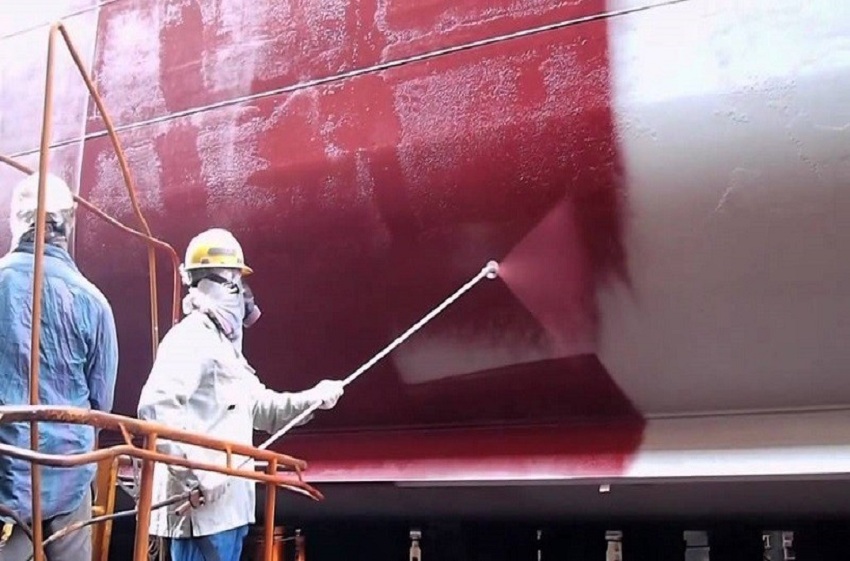Choosing the Right Antifouling Paint: A Buyer’s Guide:
The effectiveness and health of any boat depend heavily on antifouling paint, particularly when applied to a well-prepped hull. However, the sheer number of solutions available can be confusing when it comes to selecting the best antifouling.
Many chores have become easier and cheaper thanks to technology. However, antifouling paints are different. The best boat bottom protection is incompatible with marine environment health, despite most manufacturers investing heavily in better formulations. Antifouling prohibits sea organisms and weeds from growing on the bottom, keeping boats afloat. This article advises on choosing the right boat product and what is the best antifouling for fresh and saltwater.
Knowing Marine Fouling
In estuaries, where sewage disposal and fertilizer run-off give nutrients, plankton causes marine fouling. Animal or plant fouling can build up on the immersed hull and waterline. Soft-branching creatures under the hull are sometimes mistaken for vegetation, yet their polyps have tiny tentacles that catch prey. A filthy hull slows the boat and reduces fuel efficiency. Boaters have fought this war for years, and several products exist.
Antifouling Types
Regular antifouling coatings release water-soluble biocides steadily to impede marine life growth. Biocidal antifouling coatings are controlled like pesticides and are becoming more rigorous. Non-target organism effects, food chain buildup, and application safety are important when assessing antifouling safety.
Classic Antifouling
Traditional antifouling paints contain water-soluble biocides. Even within the EU, several nations have their regulations, thus antifoul bought in one may not be permitted to use in another, especially in sensitive situations. Thus, you must ensure that the product you apply is lawful in your nation and any you visit.
Copper oxide (CuO2) is the most important biocide in modern antifouling. Unlike copper, this is more soluble in water and resistant to animal fouling.To achieve brighter colors, some products use copper thiocyanate, which is less efficient against animal fouling alone. Some products use organic biocides to prevent slime, which copper oxide cannot.
Hard Antifouling
Many hard antifouls use biocides that break down slowly in water, thus they disintegrate over time. The biocide-suspended paint dries firmly, allowing seasonal washing to keep the bottom immaculate. This kind suits fast powerboats and floating racing yachts. In particular, skimping on antifouling is almost always a false economy because even a tiny amount of growth increases drag, resulting in poor performance and higher fuel bills.
Degrading Antifouling
These employ hardly water-soluble paint, so minute particles flake off to expose fresh biocide. This reduces antifoul buildup and is cheaper than hard antifouling, but it cannot be cleaned. Eroding kinds fit displacement motorboats and cruising yachts.
Freshwater Antifouling
Freshwater boats need different fouling protection than saltwater boats. This seems like a problem for boaters that travel from the interior to the sea and back. However, using the product in the vessel’s main area is straightforward. If you relocate a boat from the sea to inland waterways, freshwater species will take weeks to establish, while saltwater growth will likely die.
Conclusion
The frequency of antifouling reapplication depends on many factors. They include the kind of vessel, its purpose, local fouling, and how long it stays afloat. Because it’s the only way to keep a race boat’s bottom clean year-round, many dry sail. Dry stack facilities are becoming more available, making this an alternative for daysailers and powerboats up to 9 meters long.

